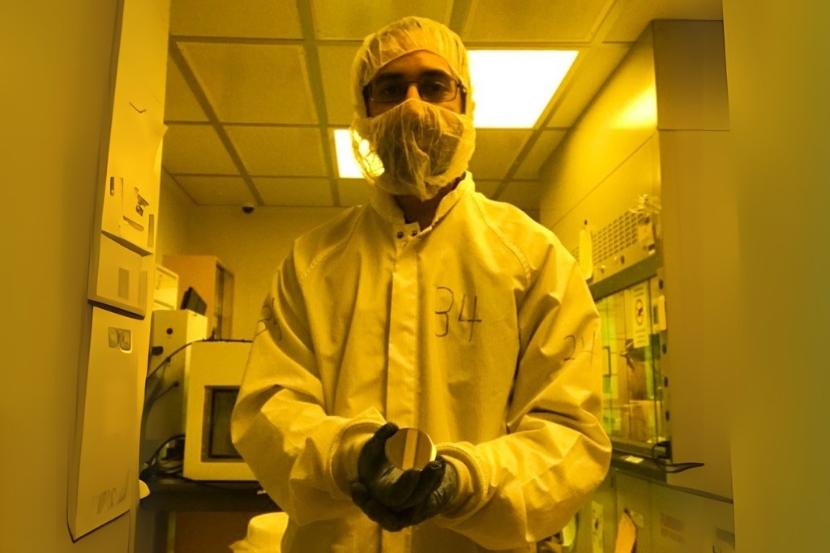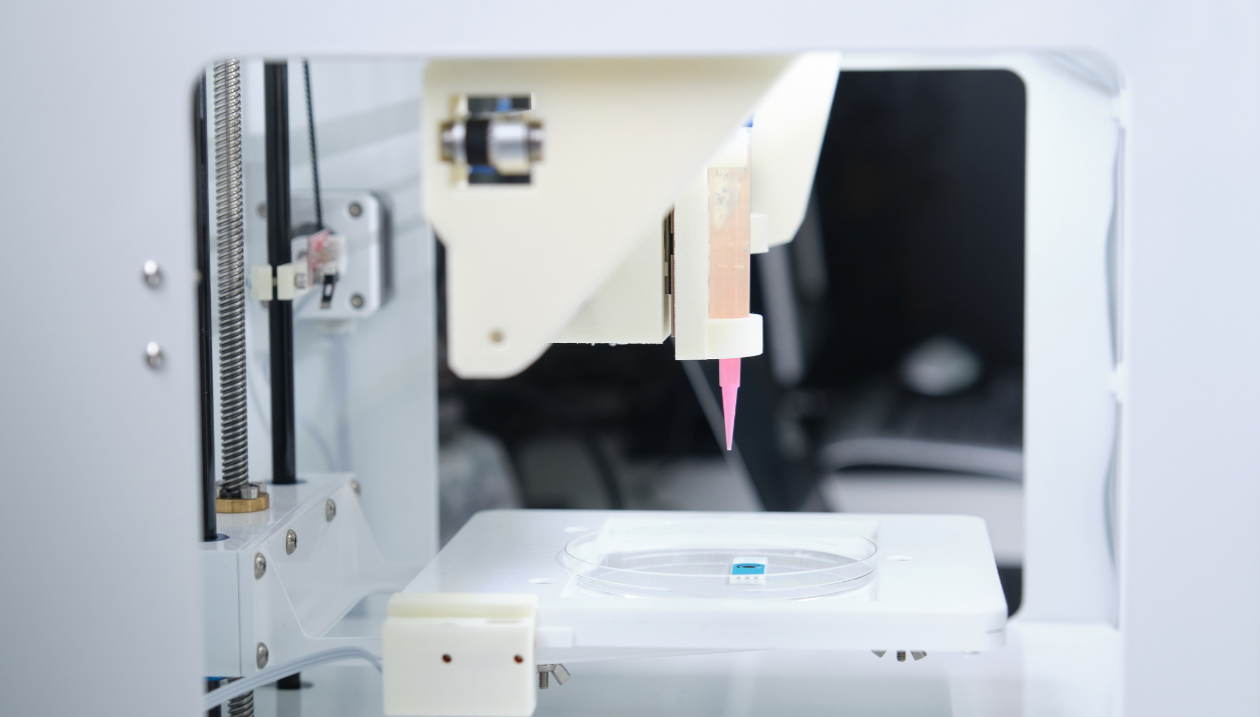Biosensors are a key part of our medical testing. They detect health conditions by analyzing tiny fluid samples of blood or saliva. They’re extremely useful, so improving their performance can lead to great strides in speeding up medical diagnoses and response times. That’s the future painted by Shayan Saeidi, a PhD student in electrical and computer engineering, whose work focuses on designing a new type of biosensor using an integrated laser system.
Shayan Saeidi’s research aims to solve common problems with current biosensors, such as their size, cost and the need for extra equipment.
A new approach to biosensing
Saeidi’s innovation comes from combining two types of light-based technology that are usually studied separately: semiconductor lasers and plasmonics. The result is a novel laser structure optimized for sensing biological samples.
More specifically, his research focuses on extending the use of semiconductor-based laser diodes to biosensing applications.
The laser shines light directly onto a fluid sample, such as a drop of blood, and the way the light changes reveals what’s inside. This allows the sensor to detect signs of illness, or other important health indicators, with great sensitivity, which could in turn lead to quicker testing and more accurate results.
Quick, accessible results
In comparison to current commercial biosensors, this new design lowers both cost and size of biosensors.
“By removing the need for an external light source, we make the device smaller and more convenient to use, especially outside traditional labs,” Saeidi explains. “It could make medical testing faster and easier to access for both doctors and patients.”
With these improvements in place, the smaller biosensor could be used in places like clinics and emergency rooms subject to low light conditions, or in remote locations where larger or more expensive devices aren’t available. It opens new avenues for health equity and accessibility.
From idea to working prototype
The project started with drawings and computer models to figure out how the laser should work. Now, after about a year of development, the team is building the device at the University of Ottawa’s NanoFab facility under the supervision of Pierre Berini and preparing to test it.

In the future, Saeidi hopes to continue refining the technology and eventually bring it to market where it can support everyday health care.
In addition to contributing to advances in medical technology, his research is also advancing the field of photonics itself by bridging the gap between two different laser technologies. It could lead to further innovations as new discoveries are made.
Saeidi sees exciting possibilities beyond this project. “I want to help develop photonic devices and circuits, whether in industry or academia,” he says. “Both play important roles in creating new technologies that improve our lives.”
Photonics, a uOttawa Engineering priority
Shayan Saeidi was awarded first place in the photonics for devices, networks and energy category at the 2025 Engineering and Computer Science Graduate Poster Competition, held during Research Day at the Faculty of Engineering.
uOttawa Engineering research in this area explores light-based technologies that drive innovations in communication, health care, quantum computing, environmental sensing, and sustainable energy.


